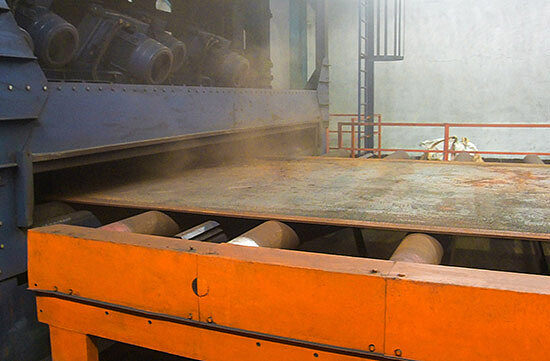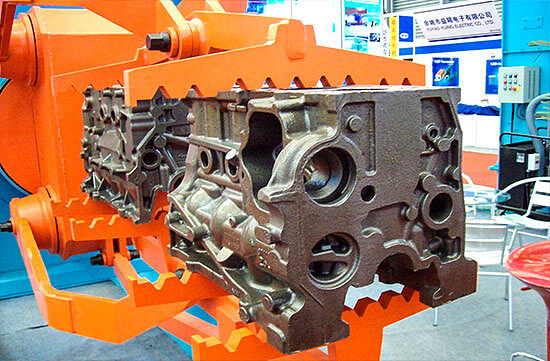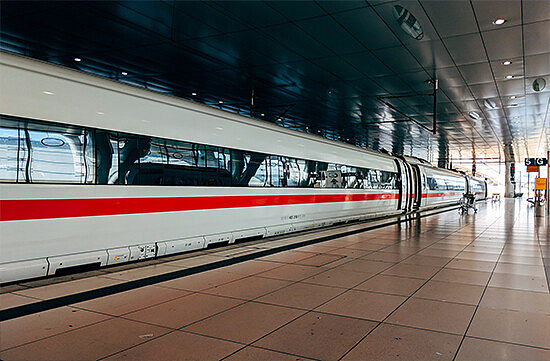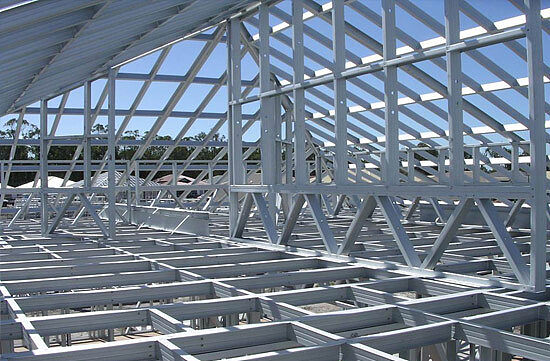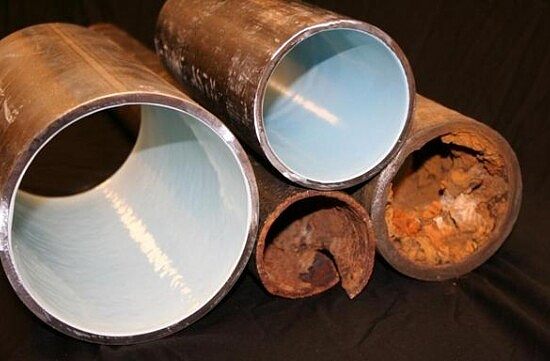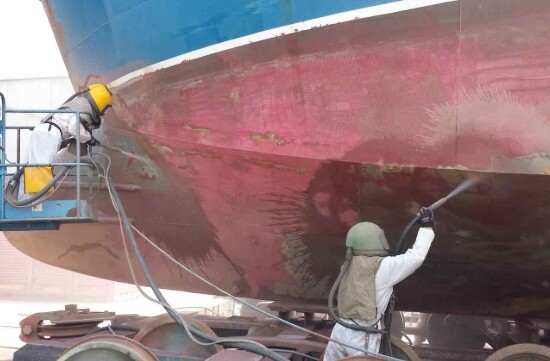
Vessel Rust Removal
Sandblasting for rust removal involves using a high-speed rotating sandblaster that sprays compressed air mixed with metal abrasive to grind away rust layers. This method is quick and efficient, particularly suitable for large areas and thick rust layers on ship hulls.
When selecting material for sandblasting rust removal in a shipyard, several factors need to be taken into consideration. Firstly, the moderately hard abrasive are able to effectively remove the adherent rust and grass on the surface of vessel while avoiding excessive damage to the metal substrate. Secondly, uniformly sized abrasive give more stable impact and blasting forces, enhancing the rust removal effectiveness. Additionally, the chemical composition and shape of the abrasive are also factors that require consideration. The chemical composition should be compatible with the metal surface being treated, while the shape of the abrasive can influence their blasting action and efficiency.
- Construction MachineryMechanical cleaning can effectively remove rust, welding slag, and oxide scale on the workpiece, eliminate welding stress, and increase the bonding force between the anti-rust coating and the metal matrix. This greatly improves the anti-rust quality of engineering machinery parts.
- Stainless Steel Plate CleaningTo treat the surface of stainless steel plates to achieve clean, bright, and delicate luster, suitable abrasives need to be used to remove phosphorus from the surface of cold-rolled stainless steel plates. According to the surface of stainless steel plates of different grades, abrasives with different particle sizes and proportions should be selected. Compared with traditional chemical treatment methods, it can effectively reduce the Clean up costs and achieve green and environmentally friendly production.
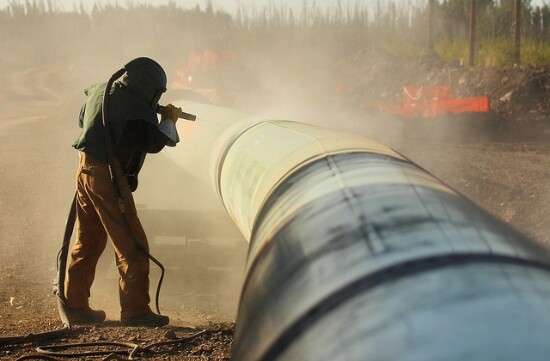
Sand Blasting
Shot blasting is a process that uses a high-speed rotating impeller to throw abrasives out to impact the workpiece at high speed to clean the surface; or to distort and deform the crystal lattice on the surface of the workpiece through high-speed impact to increase the surface hardness and strengthen the surface.
Before performing shot blasting treatment, comprehensively check the overall condition of the shot blasting machine, and select reasonable current, projection angle, shot blasting speed, etc. according to different models of shot blasting machine. The quality of the abrasive has a great influence on the quality of the workpiece surface treatment. For example, the hardness, particle size, and metallographic structure of the abrasive will all affect the shot blasting effect.
- Hull Segments CoatingThe quality of metal abrasives used for hull segment sandblasting directly affects quality and comprehensive cost factors such as coating quality, sandblasting efficiency, paint, kinetic energy, abrasive consumption, etc. With the introduction of the new coating protection performance standard (PSPC), higher requirements have been put forward for the quality of segmented sandblasting. Therefore, the quality of metal abrasives has become increasingly important in sandblasting. is particularly important.
- Container ManufacturingAfter the container body is welded, sandblast the box body to clean the welds and produce a certain roughness on the surface of the box body to increase the anti-corrosion effect of the coating. It can be transferred between ships, chassis cars, trucks and railway vehicles for a long time.
- Stainless Steel Plate CleaningTo treat the surface of stainless steel plates to achieve clean, bright, and delicate luster, suitable abrasives need to be used to remove phosphorus from the surface of cold-rolled stainless steel plates. According to the surface of stainless steel plates of different grades, abrasives with different particle sizes and proportions should be selected. Compared with traditional chemical treatment methods, it can effectively reduce the Clean up costs and achieve green and environmentally friendly production.
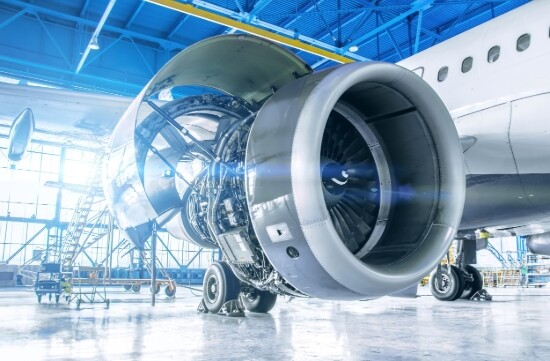
Surface Enhancement
All metal parts that operate under alternating loads and are subject to cyclic stress need to rely on blasting/shot blasting strengthening processes to improve the fatigue life of the parts.
It is well known that cracks are difficult to form or propagate in a compressive stress area. Since almost all fatigue and stress corrosion failures occur at or near the surface of the part, introducing compressive stress through shot peening can significantly extend part life. The strength of the residual compressive stress generated by strengthening must reach half of the tensile strength of the part material. The gears are shot peened after heat treatment. For some key parts, strengthening is the last process of production. The shot peening process is used to improve the service life of transmission parts.
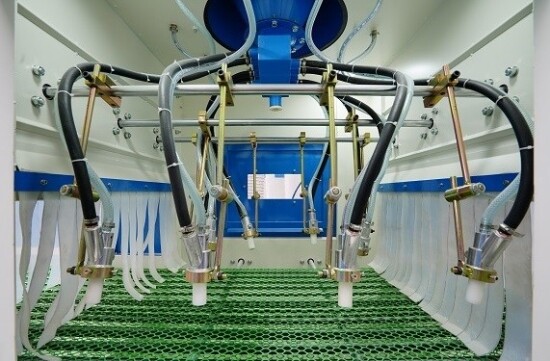
Smoothen Surface
After the steel surface is shot peened, many fine peaks and troughs will appear, that is, surface roughness. The coating penetrates deep into the bottom of the troughs, and the crests bite the coating tightly like teeth. Therefore, surface roughness is described as "anchor" or "mechanical tooth" in the coating industry. If these contaminants are covered by the coating, the mechanical and chemical adhesion of the coating will be affected, and the coating will fail.
Therefore, sandblasting is required, firstly, to provide surface roughness to the coating; secondly, chemically, to bring the molecules of the coating into close contact with the surface of the steel substrate. According to the British Imperial Chemical Company, the coating life is restricted by three factors: pre-treatment accounts for 60%; coating construction accounts for 25%; and the quality of the coating itself accounts for 15%.
- Pipeline Anti-CorrosionDue to the extensive use of steel structures in port terminal buildings, the requirements for anti-corrosion of steel structures are very high. In particular, port machinery is often exposed to some special environments, such as For example, in a humid marine air environment, the corrosion of steel structures caused by this environment is very serious, which requires the use of corresponding sandblasting and coatings. To complete the protection of port machinery.
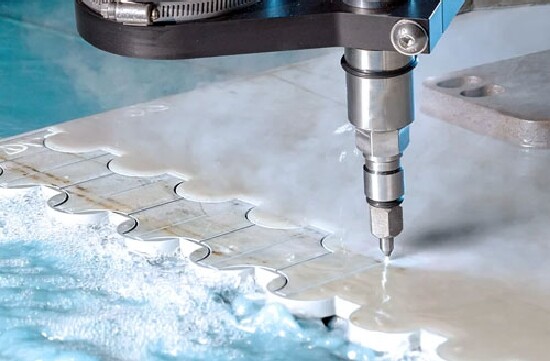
Stone Cutting
It uses metal abrasives and the kinetic energy of water-added jets to cut granite and other stones. There is no chemical change during the cutting process. It has the advantages of no impact on the physical and chemical properties of the cutting material, no thermal deformation, narrow cutting slits, high precision, smooth cutting surface, clean and pollution-free, etc. .
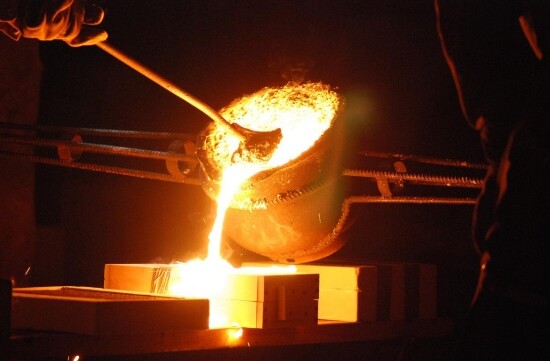
Smelting Additives
Smelting additives play a vital role in the metal smelting process. They remove impurities and gases through physical or chemical reactions with impurities in the melt, and improve the purity and performance of the metal. According to their mechanism of action, these additives can be divided into different types such as adsorption type, reaction type and composite type. Adsorption refining agents mainly remove impurities from the melt through physical adsorption, while reactive refining agents remove impurities through chemical reactions. The composite refining agent has both adsorption and reaction mechanisms, and can purify the melt more effectively.

